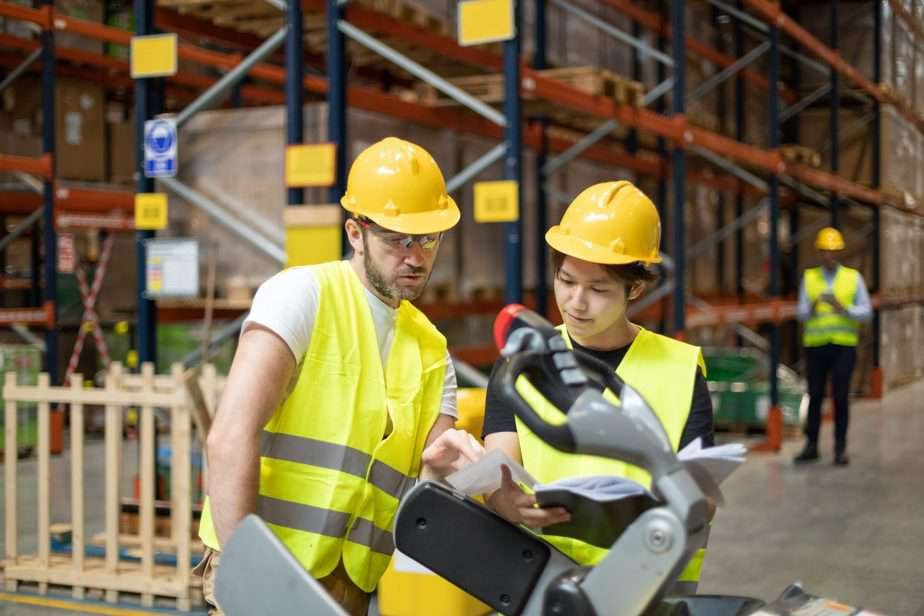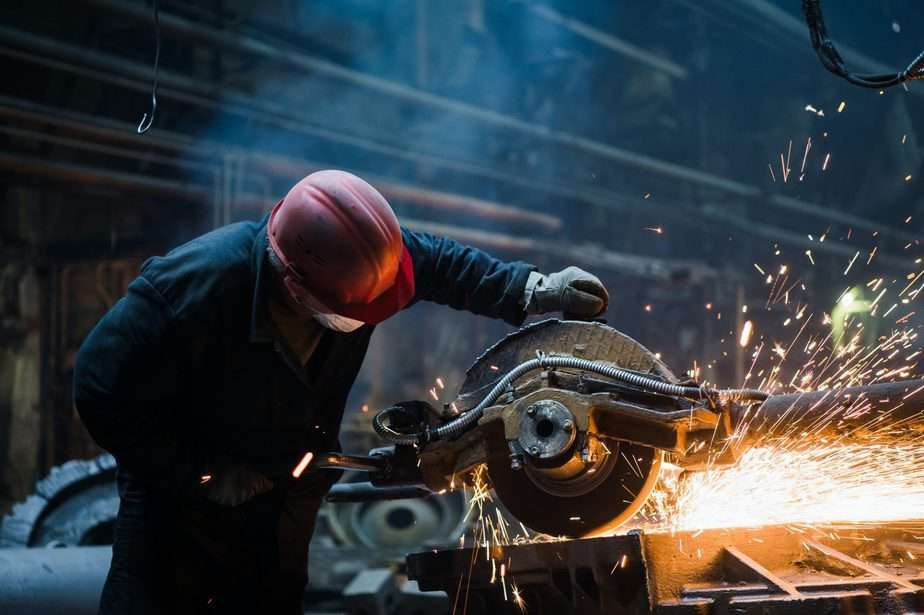Cases studies repeatedly reveal a failure to learn from experience and a very clear reason is again, failure to invest in people who manage the equipment, facilities, and systems.
Most organizations are yet to realize the real assets in the business, where there is an oversight and always a very narrow view is taken addressing assets as properties and facilities owned. Although, in physical terms they are assets, tangible assets are the employees who manage and sustain them.
It is well known by the business decision-makers that the skill and efficiency of employees, is the major factor that determines the pace and growth of the organizations in today’s knowledge-driven economy.
Hence, it will be prudent to take a stand on investing adequate time and money on employees as a priority so that the foundation is strong, and the business continuity is sustained.
This realization should be reflected in the company policy and with the spirit of enhancing the quality of manpower through an organized process.
I came across a well-explained article in Harvard Business Review by Mr. Ethan Rouen, where he stresses the reality that, “employees are not assets since companies do not have control over them. Workers must convert raw materials – be they commodities or blank computer screens – into finished inventory to be paid, but if these workers want to quit, they can take their skills and training with them.” The costs and benefits of a machine are easier to estimate than the costs and benefits of training the employees, so the machine goes on the balance sheet, and the employees’ costs are expensed as incurred.
It is better late than never that companies understand that it is essential to invest in human capital for sustainable business.
Organizations need to chart investment across the life cycle of an employee starting from recruitment, onboarding, development, retention, separation, and attraction.
One of the most critical factors is an inclusive approach to ensure employee involvement, participation, and recognition. Every employee is a human and comes with the different skill set and each one within his or her domain work to get rewarded in a way or other. The most valuable reward for any employee is a recognition for their hard work, which could be a simple pat on the back, gesture in the form of a note of thanks or a notice board announcement.
A well-designed framework for sustained investment in people can bring in improved company values and in turn better safety culture and help in reduced accident time.
Thus, I strongly believe those process accidents are inversely proportional to the investment made on human capital by each organization.
“EMPLOYEES ARE NOT COST BUT ASSETS TO SUSTAIN A HEALTHY BUSINESS”



